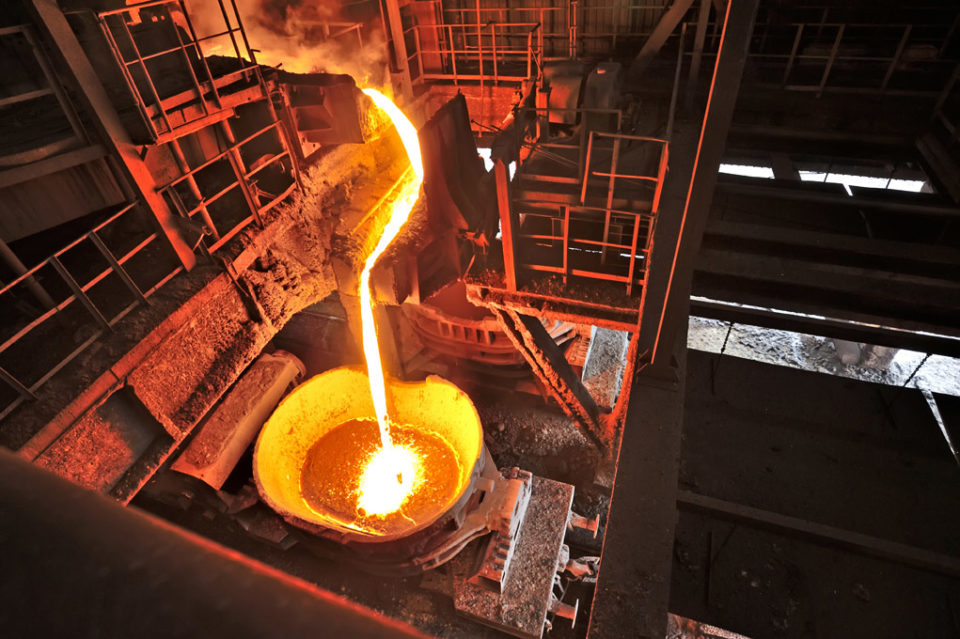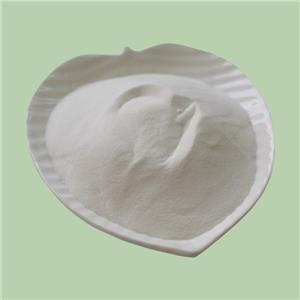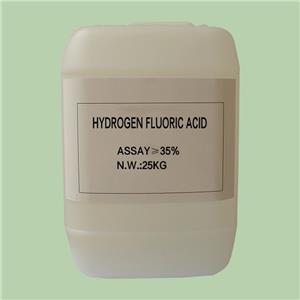Application of Sodium Fluoroaluminate in the Metallurgical Industry
Sodium fluoroaluminate (Na3AlF6), commonly known as sodium hexafluoroaluminate or simply sodium aluminum fluoride, is a versatile compound widely utilized in the metallurgical industry due to its unique properties. In this article, we will explore the characteristics of sodium fluoroaluminate that make it suitable for metallurgical applications and delve into its specific uses in the metallurgical sector.
Characteristics of Sodium Fluoroaluminate:
1、Low Melting Point: Sodium fluoroaluminate exhibits a relatively low melting point, typically around 1000-1100°C. This characteristic is advantageous in metallurgical processes where it is used as a flux to lower the melting point of metal oxides, facilitating their fusion and dissolution in molten metal or slag.
2、Chemical Inertness: Sodium fluoroaluminate is chemically inert under typical metallurgical conditions, resisting corrosion and degradation in the presence of molten metals and harsh chemicals. This inertness allows it to maintain its structural integrity and functional properties, even in aggressive environments.
3、Ionic Conductivity: In its molten state, sodium fluoroaluminate demonstrates high ionic conductivity, making it an excellent electrolyte material for various metallurgical electrolysis processes. Its ability to conduct ions facilitates efficient metal extraction and refining operations.
4、Fluxing Agent: Sodium fluoroaluminate acts as an effective fluxing agent in metallurgy, promoting the fusion and flow of metal oxides and impurities at lower temperatures. This fluxing action facilitates the removal of undesirable elements from metal melts, enhancing the purity and quality of the final metal products.
Specific Applications in the Metallurgical Industry:
1、Aluminum Production: Sodium fluoroaluminate plays a crucial role in the Hall-Héroult process for aluminum production. As an electrolyte, it enables the electrolytic reduction of alumina (Al2O3) to aluminum metal, facilitating the extraction of pure aluminum from bauxite ore.

2、Fluxing and Refining: In metallurgical smelting and refining operations, sodium fluoroaluminate is used as a flux to lower the melting point of metal oxides and promote the separation of slag from molten metal. It aids in the removal of impurities such as sulfur, phosphorus, and oxygen, improving the quality and purity of metals.
3、Desulfurization: Sodium fluoroaluminate is employed as a desulfurizing agent in steelmaking processes to reduce sulfur content in molten metal. It reacts with sulfur to form insoluble aluminum fluoride, facilitating the removal of sulfur from the steel melt and enhancing its mechanical properties and performance.
4、Alloy Production: In alloy manufacturing, sodium fluoroaluminate serves as a flux and alloying agent, facilitating the formation of homogeneous metal alloys with controlled compositions and properties. It enables the creation of specialized alloys tailored to meet specific industrial requirements.
In conclusion, sodium fluoroaluminate possesses several key characteristics that make it well-suited for applications in the metallurgical industry. Its high melting point, chemical inertness, ionic conductivity, and fluxing capabilities enable its diverse uses in aluminum production, fluxing and refining, desulfurization, and alloy manufacturing processes. As a critical component in metallurgical operations, sodium fluoroaluminate contributes to the efficient production of high-quality metals essential for various industrial applications.
- Fluoride Salt
- Ammonium Fluoride
- Sodium Fluoride
- Potassium Fluoride
- Sodium Hydrogenfluoride
- Potassium Bifluoride
- Magnesium Fluoride
- Aluminium Fluoride
- Barium Fluoride
- Lithium Fluoride
- Strontium Fluoride
- Nickel Fluoride
- Zinc Fluoride




